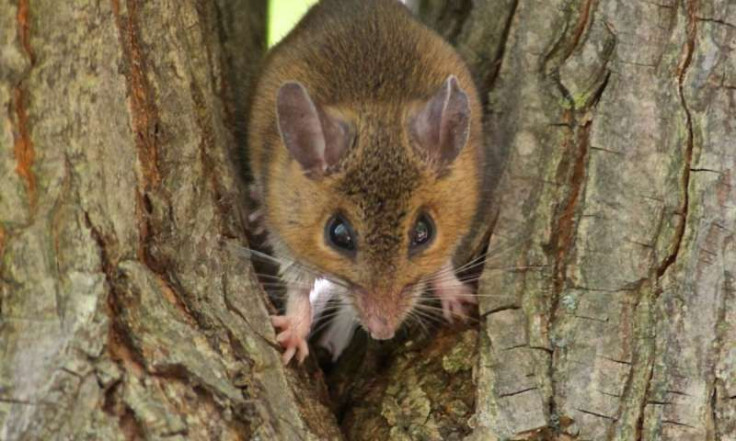2 Mice Species Are Changing Astonishingly Fast In Response To Climate Change

Scientists studying mice in Quebec, Canada, have noticed something that environmentalists have been warning us for decades. The team noticed notable physical changes in the two species of mice in the study and pinned it on climate change.
According to the website Climate and Weather, there is already undeniable evidence that animals, birds and plants are being affected by climate change and global warming.
Now, a team led by Virginie Millien, an associate professor at McGill’s Redpath Museum, might have provided conclusive evidence for the same.
The team has been studying two similar species —the deer mouse and the white-footed mouse — for a decade at McGill University’s Gault Nature Reserve in Montérégie, Canada.
These common mice species are found across eastern North America. The deer mouse is found further north while the white-footed mouse is rarely found north of the St. Lawrence River on the continent.
The team compared specimens they found in the wild to a trove of preserved specimens provided by the museum for researchers. These specimens dated back to the 1950s and the 1970s, giving the team a far enough view on the evolutionary timeline of the mice species to analyze permanent changes.
The team found that the specimens collected from the field had a different skull shape in both the species. They observed that the change was gradual and both the species had been affected.
“It is an indirect effect, based on what they are feeding on,” said Millien in a press release on McGill University's official website. She said that their diet modifies their jaw and this in turn affects the shape of their skulls. But, the team also calculated the rate of change in skull shape and found that the skull shapes of the two species changed at different rates. The change to the skull shape of the white-footed mouse was found to be much more pronounced than the deer mouse.
The team is still not sure if the changes will carry on after reproduction, making these changes evolutionary and permanent. In either case, the physical changes —although difficult for untrained observers to discern — are significant. "We are talking about bones and teeth, hard structures that are not easy to bend," Millien said.
At the same time, the white-footed mouse has been moving farther north as winters get milder — at a rate of around 11 kilometers a year, the researchers estimate.
During specimen collection in the 1970’s, nearly 90 percent of the mice in the reserve were deer mice. Today, the white-footed species is by far the more abundant one. As the deer mouse declines in abundance in southern regions, Millien said, it, too, could be shifting north.
“The two mice are similar and are competing with each other for nesting sites, for food – for everything. If you have one established population – here, the deer mice – and a new species comes in and it is in aggressive colonizing mode, it takes over,” she said.
“One way to reduce the competition is to become more distinct. That way, there is less overlap in the type of food you use. This has been documented in birds: It is called character displacement. I think this is what is happening here. The two species are more distinct than they used to be,” she added.
The team feels that both the physical changes seen in the skull and the switch-up in population estimates shows that climate change is the common factor.
“The common driver, we think, is the climate warming. The very common response to climate warming is for species to shift north,” she added.
The findings were published in the journal Evolutionary Ecology.
© Copyright IBTimes 2024. All rights reserved.





















